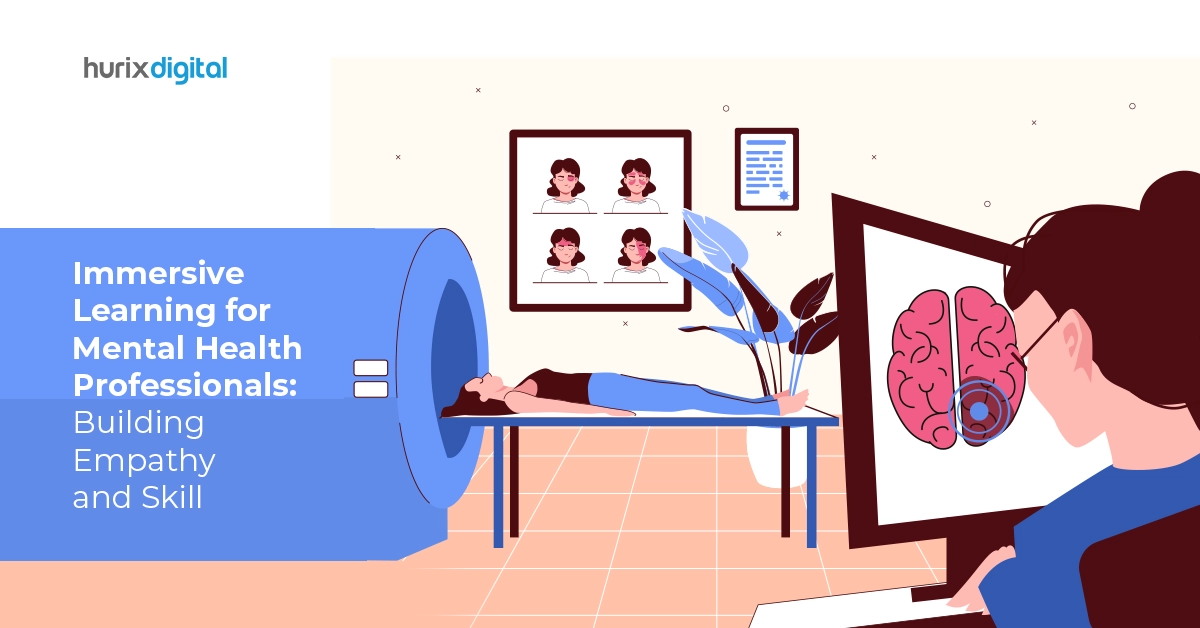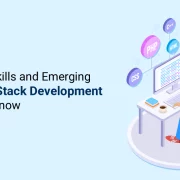
7 Points to Consider While Implementing Just-in-Time Training for Employees
Summary
Learn key considerations for implementing just-in-time training in the workplace. This article provides tips for delivering effective, timely training to meet employee needs.
The growing influence of an on-demand culture has changed multiple aspects of employee training and learning. These days, one can easily book a cab or order food through an app; everything is at one’s fingertips. Just-in-time training is one such option that provides all kinds of necessary information to employees, encouraging speedy job-specific training.
While in-person or eLearning is great for workforce development, there are situations where learners need relevant information immediately. This is where just-in-time training comes in.
Just-in-time training does not involve one-way streaming of content; rather, it provides short, bite-sized pieces of content. This makes the learning experience more seamless, and learners can implement the information right away.
But how can one build such a space for quick learning and development? Continue reading to explore the benefits and importance of just-in-time employee training.
Table of Contents:
- What is Just-in-Time Employee Training?
- Benefits of Just-in-Time Employee Training
- How to Create Just-in-Time Learning Opportunities?
- Examples of Just-in-Time Training
- Takeaway
What is Just-in-Time Employee Training?
Just-in-time (JIT) training is a part of the L&D concept that focuses on needs-related quick learning. This mode of employee training is all about learning skills which are required at the moment.
It avoids potentially irrelevant content and streamlines the learning material for skill development. The content for this training can take the form of microlearning, mini video clips, or bite-sized content to digest.
As a part of on-the-job training, it provides answers to an immediate problem. The approach provides the employee with enough information to get the job done right away, making it highly effective for competitive teams. According to a study conducted by CEB, a division of Gartner, 57% of employees prefer just-in-time training to ensure efficiency.
Also Read: Best Practices for Translating and Localizing Workforce Learning Content
Benefits of Just-in-Time Employee Training
With ready-to-access content in hand, employees feel more confident in their tasks, leading to increased workplace efficiency. Traditional training models include recalling from memory, which is not always useful and takes up a lot of time. Just-in-time training has multiple benefits that help with employee productivity. Some of these have been discussed below.
1. Employees Stay Updated with New Information
Just-in-time training broadens the repertoire of employees and helps them adapt to changing industry trends.
2. Training Becomes More Accessible
One of the main benefits of just-in-time training is its flexibility. Knowledge and skills can be imparted through real-life examples at any optimal moment.
3. Boosts Engagement
Short-term or gamified content keeps the learner invested in the course. This leads to increased Engagement, which yields better post-training results.
4. Increases Knowledge Retention and Productivity
Just-in-time training is linked with knowledge retention as it helps to combat the forgetting curve. It delivers the content at the point of need and helps the employees with immediate application of solutions.
How to Create Just-in-Time Learning Opportunities?
The Just-in-time employee training approach can be applied to different kinds of organizations without compromising on learning quality.
Here’s a simple guide on how to implement a just-in-time training module for performance improvement.
1. Create an Active Learning Environment
The first step is to create a work environment that encourages active learning. Facilitate discussions and encourage employees to participate in company-wide seminars or workshops.
A collaborative approach to learning will soon become part of daily habits. Such habits can be formed by setting up shareable QR codes to offer teachable moments in the workplace. Employees can search for the correct dosage chart or a quick link for handling emergencies.
2. Understand What Is Needed at the Moment
Analyse and document the developmental needs of your organization. Examine skill gaps, performance reviews, and job descriptions to explore the areas that need improvement.
Once you’ve identified the issues, it is time to set learning objectives and clear expectations. Whether it’s improving communication skills or learning advanced-level software tasks, ensure that every objective will produce necessary changes post-training.
3. Curate Short and Shareable Learning Content
Talent professionals often advise that training content should be short and crispy. This helps address the short attention spans and retain various chunks of content.
Employee training should involve microlearning, which includes short video clips, checklists, tests, and gamified content. This motivates individuals to finish their tailored courses on time. According to a survey by Forrester Research, 75% of people choose video over reading print.
4. Include Real-World Scenarios for Better Understanding
It is important to provide real-life examples with every topic for a better understanding. Without any context or practice opportunities, the training session might not produce the desired results.
A bulleted list of scenarios or showing how the knowledge can be applied to a given framework builds confidence in the employees. Discuss all the problems that one might encounter while working and the possible solutions to them.
5. Seek Guidance From Subject-Matter Experts
Seek guidance from partners and subject matter experts to create useful content for just-in-time training. Making use of the expertise provided by SMEs is a great way to ensure that the goals will be met. With a wide range of skills and background knowledge, SMEs can create a tailored quick course for training-related needs.
6. Automate the Training with a Learning Management System
Choose smart technology like Learning Management Systems (LMS) over manual delivery of content or training materials. LMS automation allows you to deliver the content across teams and individuals depending on exactly where they need it.
The system makes sure that the training materials land in the right hands whenever required. Without any delays, companies can upskill teams or elevate the onboarding process with automated employee training material.
7. Address the Gaps by Encouraging Employee Feedback
A conversational dialogue with the employees of the organization will reveal the needs at the surface level. Ask for employee feedback to ensure that the upcoming training sessions will be catered to their career-related needs.
This is a great way to shed light on the skill or knowledge gaps present at an individual level. Gather insights from teams and employees about what’s working out for them and turn opinions into action. This makes the training relevant and keeps the whole organization in the loop.
Examples of Just-in-Time Training
Let’s take a look at some examples where employee training becomes crucial for the smooth functioning of work.
- In the healthcare sector, just-in-time learning provides valuable tools for determining the proper dosage or potential side effects of medicine. Healthcare workers also learn about navigating new medical devices and handling equipment correctly. Apart from this, just-in-time training offers simulations through which learners can produce better learning outcomes.
- In the manufacturing sector, employees working on the production floor can quickly access safety protocols if there’s a hazard. Just-in-time training sets the environment for safely dealing with potential hazards like conveyor belts, compressors, and forklifts.
- Just-in-time training is a great way to facilitate employee onboarding. It reduces interruptions, as employees can easily look up information without always consulting their peers. This can be done by including content about management profiles, job descriptions, how to use company communication tools like Slack or Trello and more.
- In the tech industry, just-in-time training provides instant technical support for staff. Whether handling a consumer complaint or troubleshooting modules, employees can make quick decisions after the training.
Also Read: 8 Challenges and Solutions in Localizing Training Programs for a Diverse Workforce
Takeaway
The need for instant gratification has impacted every aspect of today’s world. Learners expect employee training to be relevant and easily available at any moment, making it easier for them to navigate various decision-making moments.
With successful training implementation, organizations can satisfy the need for speedy training and yield good results. While these seven points might offer a roadmap to building a successful training plan, implementing them may require added guidance. Hurix Digital specializes in providing tailored training solutions to meet all kinds of organizational plans and objectives.
Contact us to get things started!

Performance, Results, Growth, and Life-Long Learning define my professional life. I am passionate about making workplace learning planful, purposeful, and impactful. I take pride in partnering with clients and bringing them the best in learning design and creating solutions that address business challenges.







